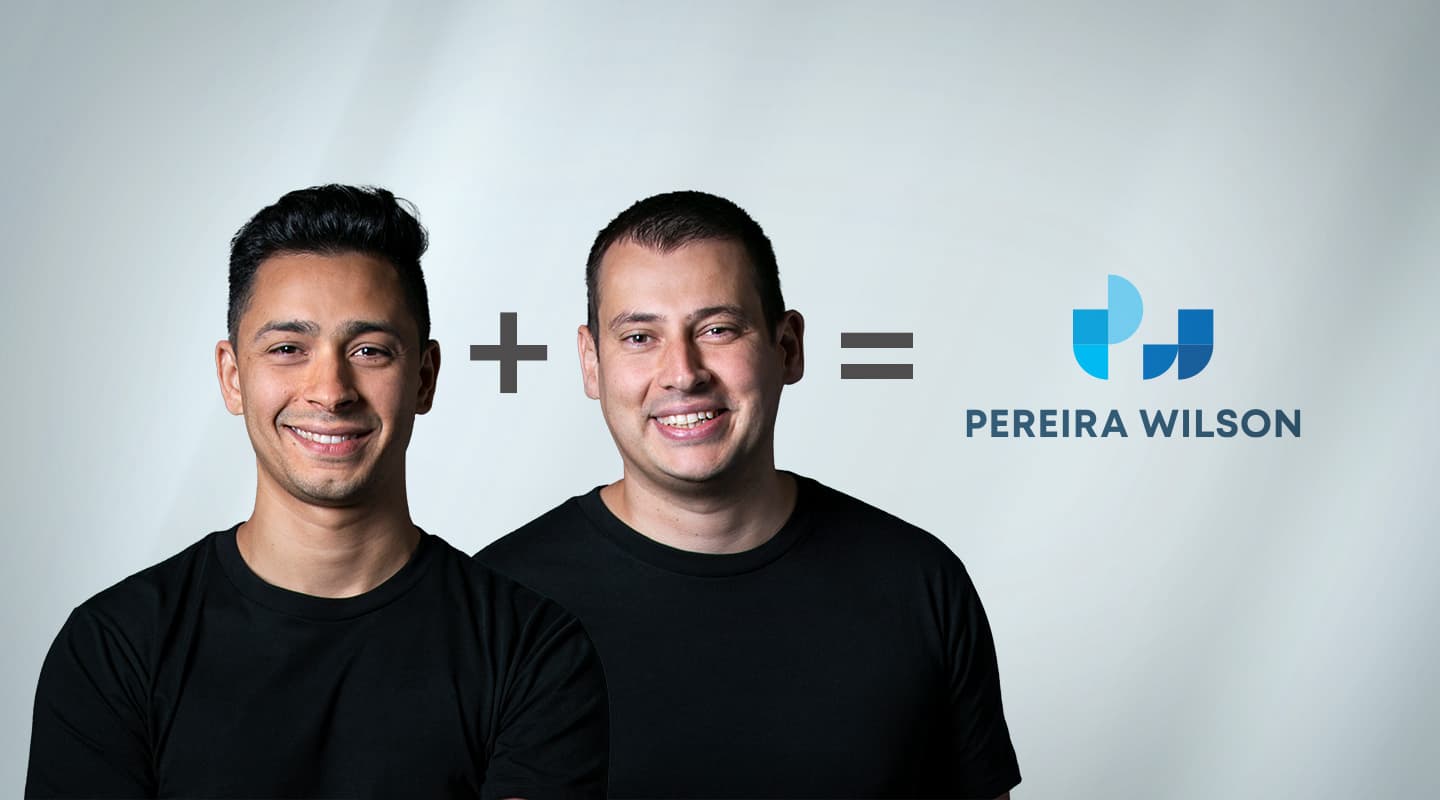
AV Consultants No More?
Pereira Wilson — It’s not just ‘projects’ and it’s not just ‘AV’. Jamie and Jack talk about their new direction.
Interview: Christopher Holder
It’s hard to tell who’s more passionate about technology, Jamie or Jack: “How many great interactive whiteboards are out there? Thousands! But no one knows how to use them! They end up being a dumb panel on a wall. The answer is simple. Have an hour-long workshop here and there to show them the tech; get a couple of people that are the change champions that will show their people in the organisation: ‘this is how it can be used; here are some cool things I’m doing with this new technology’; getting people excited about it and using it. Do that and automatically your investment is well spent. But people aren’t thinking about it that way. They’re just thinking, ‘are we just going to bang a screen on a wall, bang a camera in there (‘we’ve got to be able to make calls, right?’). The client moves in and they’re asking: ‘how the hell do I even use this space?’”
I think that was Jamie talking on our Teams call but it could have been Jack. The long-time co-conspirators have been business partners in Pereira Projects for about four years and have decided now’s the time for the business name to reflect the new circumstances. Say hello to Pereira Wilson.
“The word ‘Projects’ hasn’t just been removed to make way for Jack’s surname — with respect to Jack and all that — it reflects the direction we’re taking. We’re no longer simply project based,” Jamie explains. Both have some strident views on where technology consulting is failing the client, especially when it comes to realising the dream of the ‘smart building’.
TILTING AT SILOS
Jack and Jamie met years ago, working at the same AV consultancy and both were dissatisfied with the status quo of the industry.
“We were both fed up with siloed teams,” recalls Jack. “No one working together.”
“Jack’s experience was in high-end smart homes and smart buildings — in that space he was doing the security, lighting, AV… the full integration. When I first worked with him I remember he was shocked: ‘Why is there a security guy and a lighting guy, a mechanical guy and lift guy and all these different wall panels? Why can’t we do that? We’re a technology consultancy, aren’t we?’ That made me think.
“Then, when I started Pereira Projects, I started a technology advisory project management business. That was the vision and it dovetailed with Jack’s. So becoming partners wasn’t difficult.”
Jack picks up the story: “Prior to partnering with Jamie I was working for an MEP (mechanical, electrical and plumbing). Those services are important but the thing that ties it all together, is the technology.”
CHANGING PERCEPTIONS
Perceptions are hard to shake. According to the market Jack and Jamie were a couple of AV consultants going to market as ‘technology advisors’, whatever they are.
“It took a while to change that perception and that we are actually technology consultants. We look after all the technology going into a building. But the market has changed as well.”
It’s not like Pereira Wilson isn’t pitching for AV consulting work on projects but its focus is increasingly on clients (and repeat business derived from that) rather than projects. And increasingly, those key clients are asking them to take care of work that you wouldn’t describe as AV.
Jack: “When I started in 2018 or 2019, 100% of the work we did was AV. This last financial year, probably about 40% of the work we’ve done is actually security, comms and holistic technology integration consultancy works. By which I mean: access control, integrations technology, how that affects visitor management, things like that. We’ve also got involved with the sensing of technologies. We’ve done national rollouts for companies’ wireless indoor air quality systems, for example. We’ve done multiple jobs in acoustics. We’ve done specialist lighting and we’re getting more involved in comms, ICT and converged network side of things as well. And that’s hands-on work. If you take a look at the new Pereira Wilson website, all those services are listed there… They’re not just a nice icon — every service on that page, we’ve delivered now for some time.”
Jamie: “And the reason why we’re doing that work, is often, it seems, we’re the only ones who give a damn. We’re optimising acoustics and lighting in meeting rooms because we care about our clients’ experience in the room. Services consultants come in, and they don’t give a damn… they don’t really get it — they don’t even know how to design the lighting for video conferencing a lot of the time. We call them our sensory services — the lighting, the sensing, the environmental side of things, and the acoustics. When it comes down to it, it’s really about providing an experience in a space.”
Jack: “We’ve had project managers and clients asking us to do this. We’ve not gone into a project gunning to take over comms. We’ve been asked to because we care about the results. For the client, comms, say, is just another pain point that we can help with. That’s when the penny drops for our best clients: ‘Pereira Wilson really can be this overarching holistic technology advisory’.
Jamie: We saw that when we were at commissioning day for a large university project in Western Sydney. We were walking the site with the project manager for properties and I was handing out celebratory donuts to anyone who’d take them. But I remember walking into this room with a lectern in the middle, a power point on the wall at one side of the room, and a data point in the wall on the other side of the room. Somewhere in the middle was the AV outlet. Of course, it meant all these cables were coming from all points to get to the lectern. It’s like no one had looked at our coordination drawings. The way services engineers are set up it seems like this stuff ends up being no one’s responsibility. No one cares. And it’s not coordinated on site. The project manager looked at us and said: ‘Why don’t you guys do the electrical and the comms? I mean, please, just do it?’”
“”
there’s no converged network and everyone’s got their own thing going on. And it’s not a smart building at that point because everyone’s still doing it the same way they always have
“”
The perfect smart building is never going to happen because 99% of buildings we work on already exist
MORE THAN ICONS
The icons on the new Pereira Wilson website help to carve out a fresh direction. But surely, the ‘tier one’ consultancy firms have icons, too?
Jack: “They’re so focussed on traditional engineering, and ‘traditional engineering’ for me starts at ‘concept design’ and finishes at ‘tender package’. We’re moving away from that; we’re moving away from that traditional project-based work. For us, the future is about a four-phased approach: the strategy phase upfront, then the design and delivery phases in the middle, then finally the change management and user adoption phase — bedding the technology down so the client gets the most from their investment. The tier one firms are doing those middle two phases, while the phases in the front and back end aren’t being covered in the same way.”
Jamie: “We’ve been working on the strategy side and the change management side for years now. Each client and workplace is different but in the end it always comes down to two questions: ‘Does the technology do what you need it to do?’ and ‘do you know how to use it?’.
“If you can understand the client’s requirements, you can design the solution, and then you can teach them how to use it. Result? That investment is worthwhile.
“Jack and I have been doing this for 16 or 17 years and I can tell you right now, the projects that get this right — even if it’s a really great design, with great implementation — are few and far between. I’d say only 5% or 10% of projects have good adoption, where people actually know how to use the stuff and it’s actually doing what they need it to do.”
SMART BUILDINGS
AV: You’ve had your heads in ‘smart building’ tech for years. Where’s the market at now when it comes to the genuine integration of smart building technology?
Jack: “Increasingly, consultants are latching onto the smart building buzzword and post-COVID everyone’s just going nuts about it. People understand that the technology strategy is really important. It used to be the bottom of the pile and the last thing you think about.
“Meanwhile, the MEPs are making changes and creating new job titles. Almost overnight they’ve got ‘smart building experts’, ‘digital connectivity experts’ and more. But those are just titles. Look up those same people on LinkedIn, and a year ago they were heading up mechanical divisions. It’s bit of a farce, in my opinion.
“But what we’ve been trying to communicate as part of our rebrand is that if you get the technology piece right — have early engagement, and elevate the technology higher up the food chain — that’s going to give you the best chance of success.”
Jamie: “Our clients are seeing value in that, obviously, because it saves them money and gets them a better result for the next project that they’re working on.”
Jack: “Remember ‘smart building’ is not a discipline, it’s a thin layer that cuts across every discipline, even if there’s no technology involved. So, a consultancy like Pereira Wilson connects the dots. We know enough about a lot of these things to be dangerous, and we know enough to have a strong sense of who needs to be in the room to get these decisions right. It’s a glorified technical project management role — bringing people together, going through what those user journeys are, the outcomes they’re trying to achieve, and then working backwards and saying, ‘alright, you’ve got all this operational tech, integrating into it is actually really easy. The hardest part is just getting 10 people in a room to talk sense.”
Jamie: “Even when there is a so-called ‘smart building consultant’ and a ‘smart building integrator’ on a project, there are so many systems that remain siloed. Part of the problem starts at that point in the design stage where there’s no clear strategy and there’s no clear direction on the integration of all these services. And so what happens is you get these specialist independent consultants doing their own thing in their own little silo, and a smart building consultant tells them that their piece needs to join the rest of the puzzle at some point — without any idea of how.
“Mostly, there’s no converged network and everyone’s got their own thing going on. And it’s not a smart building at that point because everyone’s still doing it the same way they always have. Not only does this not meet the client’s vision, it costs way more — multiple servers and data cabling when there should be one network.”
WHY’S IT SO HARD?
AV: We’ve been talking about smart buildings for a while and we have NABERS, green star and sustainability standards. Why’s it so hard?
Jack: “Every Smart Building Consultant (SBC) out there has a blue paper in some standard and a dream of how to do it. But what we’re actually seeing on the ground, in the real world is most buildings already exist and you’re not designing from scratch. The perfect smart building is never going to happen because 99% of buildings we work on already exist, and, given the lifecycle of technology in buildings, 90% of the services already exist. So, it’s great to have a beautiful vision and ideology, but you’ve got to be prepared to go in and do the hard yards upfront to truly understand a given building.
“For example, we’re working on a digital building strategy piece with a global partner across APAC. We have been to Philippines, Indonesia, Japan, Korea and sites across ANZ to audit these buildings. What we are seeing is every building is different, although a standard (or blue paper) exists for how the technology should operate in a building, it is always different. This is because many stakeholders, contractors, vendors and internal teams are involved and at different times across a project lifecycle. It’s not glamorous work, but if you don’t do it, there’s a whole piece missing in our opinion.
“Occasionally, a new build comes along, and that’s an opportunity to realise your smart building blueprint. But there’s no point putting all your focus on that one brand new building a year that might come along. Let’s chip away at the thousands of buildings that already exist and help fix them.
Jamie: “Those audits can be pretty confronting. There’s some scary network security vulnerabilities: the network’s all over the place, people can tunnel into it with passwords on Post-it notes in the control room into the BMS that has access to everything. And the guy in the control room doesn’t even know how to access the BMS in the first place.”
LEADING THE CHARGE
AV: Who’s the best person in the room to be running point on realising smart building technology?
Jack: “What we recognise is that no one consultant is currently best placed to do it. But what we’re saying is we’re more than capable of bringing all of those smart people you need in the room together. We can lead it, but you’ve got to accept that no, the AV guy is not necessarily the best guy to do it, but neither is the BMS guy, or the electrical guy, or the ISP guy. One of the bigger things we’ve got going in our favour is that we’re independent. A lot of the smart building professionals aren’t, they’re representing a mechanical company or an end vendor — they’re actually selling products and their own platform.”
Jamie: “Whoever runs point can’t just come in with with an engineer’s hat, sit behind a desk and not know how to implement this stuff in the real world. That said, you can’t just come in from an integration side and be the one implementing in the real world without having that design and strategy hat on as well. You’ve got to be able to represent the architect, the builder and the client.
“Any company that’s going to try and do this, really needs to have that mixture of experience within their team. And that’s something that’s served us well as lead technology consultants and continues to serve us well, because the multifaceted, diverse background and experience that our whole team has — a mixture of client side, integrator side and consultant side.”
Pereira Wilson: pereirawilson.com.au

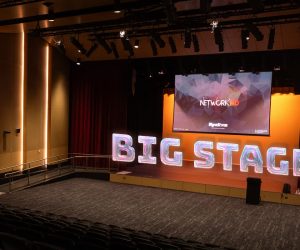
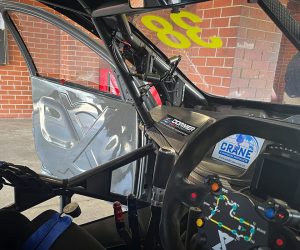


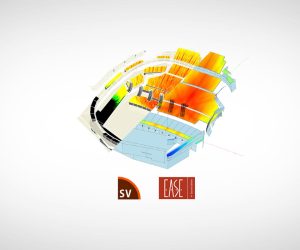

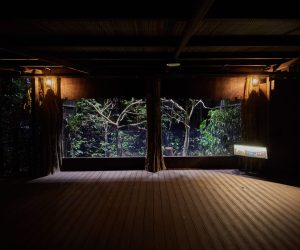

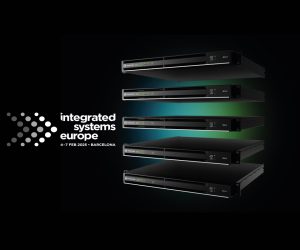
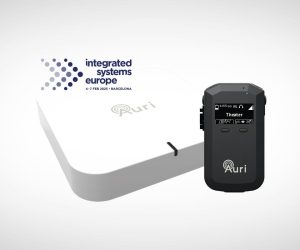


RESPONSES